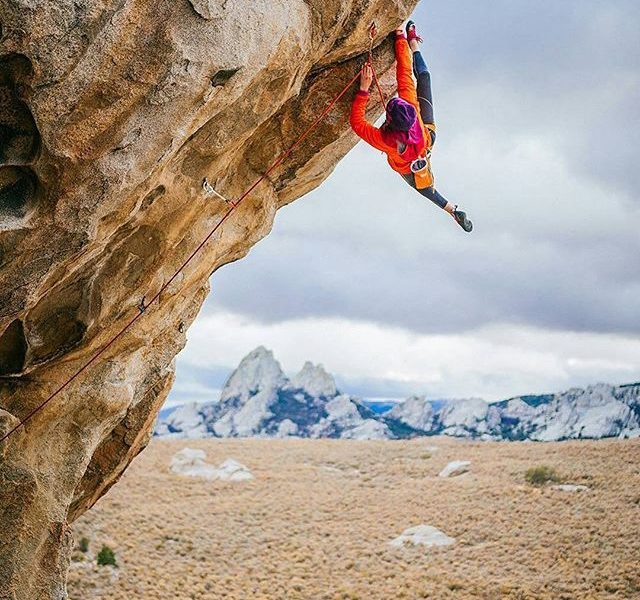
My excitement was palpable as I hobbled from my car to the 1st Special Forces Group Rehabilitation Center. My clunky full leg brace squeaked with each awkward step. After spending the last two months on crutches to allow my fractured hip to heal, I was finally cleared to put pressure on my left leg. Nothing could dampen my spirits on this day, not even the gloomy November overcast that is endemic to the Pacific Northwest.
I quickly downloaded my gear, took off my leg brace, popped in my headphones and mentally prepared myself to have the most intense workout of my life. When I took the first step without my leg brace, my body crumpled to the floor. The nerve damage I had sustained from the gunshot wound to my abdomen two months prior caused my quadriceps muscles to wither away, leaving my leg just barely bigger than my arm. Sprawled out on the floor, I took a few deep breaths and asked myself “how badly do you want this…how badly do you want to walk again?”
Over the course of the following two years, it was not uncommon for me to fall while working out or simply walking down the aisle at the grocery store. Every time I fell, I was embarrassed and had to ask myself, “how bad do you want this?” This process occurred a thousand times. However, each time that I picked myself up, my resolve to heal was greater. The process of literally having to pick myself up off the ground served as great practice for my transition from the military to the civilian world.
Just one year after I was wounded, I started the application process to graduate school. I wanted to make a statement that showed friends, family, the world and myself that my injuries would not be an impediment to my future success. I decided to apply to Harvard and MIT. I stopped taking pain medication and started studying for my GRE’s the next day. When I scored a 17% on my first practice exam I realized how much work it would take to make this goal become a reality. For the next three months, I spent every waking moment either studying or at physical therapy.
When my exams were done and applications sent in, I breathed a sigh of relief and patted myself on the back. In the past three months, I had stopped taking pain medication, studied for and took the GRE, applied to Harvard Business School (HBS), the Harvard Kennedy School of Government (HKS) and the MIT Sloan School of Management. I had also made significant gains at physical therapy. Several months later, my excitement was dashed when I was denied at HBS and HKS, however I was left with a grain of hope when MIT put me on their wait-list.
This was a gut check moment for me, just like the first time I fell to floor during physical therapy. I asked myself how bad do want this and decided I would do whatever it took to get accepted. That day, I bought a plane ticket from Seattle to Boston, flew across the country, walked into MIT Sloan’s admissions office un-announced and asked an admissions officer what I needed to do get off the waitlist. I re-took my grad school exams and raised my score, I had current and former students write me letters of recommendation and I sent the admissions committee an update every few weeks. Three months later, I had an acceptance letter in my hand. That fall during my first semester at MIT, I swallowed my pride and re-applied to HKS and was accepted to pursue a concurrent degree between MIT and HKS.
I can only imagine how different my life would be right now if I had not decided to get up the first time I fell. I doubt that I would be able to walk and play with my kids and I don’t think I would have even applied to Harvard and MIT. The process of falling and getting back up occurred so frequently that it conditioned my body and mind. After doing this over a thousand times it became muscle memory that bled over into all aspects of my life.
So the next time you fall, just pick yourself up and ask “how bad do you want it?”
